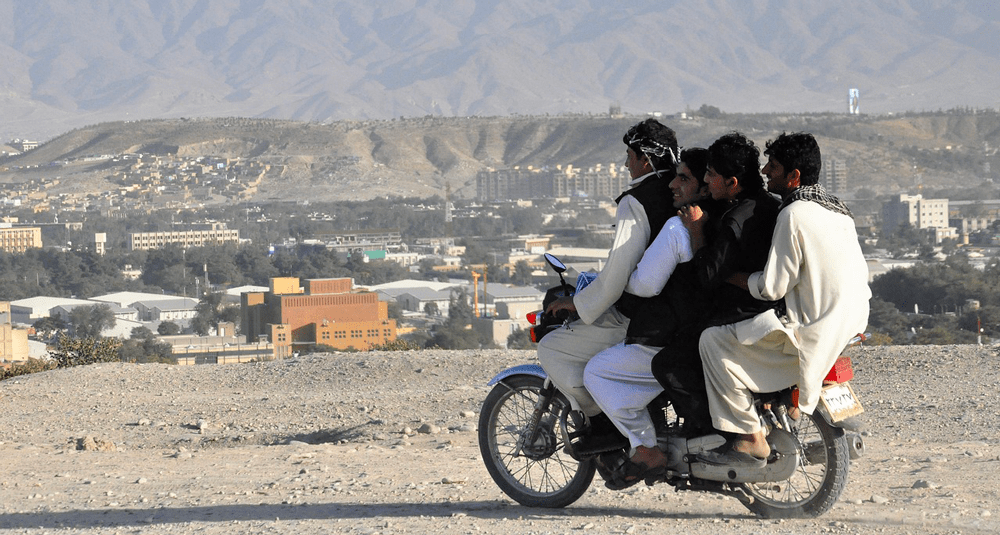What is the capital of Afghanistan?
Last Updated:
Kabul, the capital of Afghanistan, is one of the oldest cities in Central Asia, with a rich and complex history. Situated in a valley surrounded by mountains, at an altitude of around 1,800 metres, Kabul is the political, cultural and economic heart of the country. Its strategic location on ancient trade routes linking India, Central Asia and the Middle East has made Kabul a crossroads of civilizations for centuries.
Kabul is first mentioned in ancient texts in 1500 B.C. It was under the control of several empires and dynasties, including the Persians, Greeks, Mongols and, later, the Mughals. In 1504, Kabul was conquered by Babur, the founder of the Mughal Empire, who made it one of his main bases. Over the following centuries, the city became an important commercial and political center under various regimes.
In the 18th century, Kabul became the capital of Afghanistan, under the Durrani dynasty. In 1776, Emir Ahmad Shah Durrani made Kabul the capital of his empire, uniting the various Afghan tribes under a single power for the first time. This marked the beginning of Kabul’s central role in Afghan politics.
In the 20th century, Kabul continued to play a key role in Afghanistan’s history. In the 1970s, the city enjoyed a period of modernization and growth under the monarchical regime of Mohammad Zaher Shah. However, subsequent events, such as the Communist coup of 1978 and the Soviet invasion of 1979, led to decades of conflict.
During the Afghan civil war of the 1990s and under Taliban rule, Kabul suffered massive destruction. Many of the city’s infrastructures, historic buildings and neighborhoods were severely damaged. Despite this, Kabul remained the center of the country.
After the fall of the Taliban in 2001 and the installation of a new government supported by the international community, Kabul began a process of reconstruction and modernization. New buildings, roads and infrastructure have sprung up, but the city remains marked by constant political and security tensions.
Kabul is located in a valley surrounded by mountains, at an altitude of 1,800 meters. This strategic position has made it a prime location for trade and cultural exchanges over the centuries. The city lies on the banks of the Kabul River, and its climate is generally arid, with cold winters and hot summers.
Today, Kabul is a densely populated metropolis, home to some 4.5 million inhabitants. The city’s population is extremely diverse, reflecting Afghanistan’s ethnic and linguistic complexity. It is home to Tajiks, Hazaras, Pashtuns and other ethnic groups. This diversity is reflected in the culture of Kabul, where several languages are spoken, including Dari (Persian) and Pashto.
As well as being Afghanistan’s political center, Kabul is also the country’s cultural hub. It is home to a number of museums, including the National Museum of Afghanistan, which displays artefacts from the region’s rich and varied history. The city is also famous for its mosques, bazaars and schools.
Despite successive wars, Kabul retains a rich architectural heritage. Sites such as the Babur Garden, the Shah Do Shamshira Mosque and the Bala Hissar Citadel bear witness to the city’s ancient history and grandeur. Kabul is also a center of education, with universities and institutions attracting students from all over the country.
Today, Kabul continues to face many challenges. The city has experienced terrorist attacks, political unrest and periods of instability linked to the country’s geopolitical situation. However, Kabul remains resilient and its inhabitants continue to rebuild their city and revitalize the local culture and economy.
Kabul, the capital of Afghanistan, is a city deeply marked by its tumultuous history and its central role in the country’s politics and culture. Despite current challenges, Kabul retains the historical and cultural significance that makes it the heart of Afghanistan.
geography

What is the capital of Afghanistan?
Answer
The capital of Afghanistan is Kabul. Located in the east of the country, it is the political, cultural and economic center of Afghanistan.